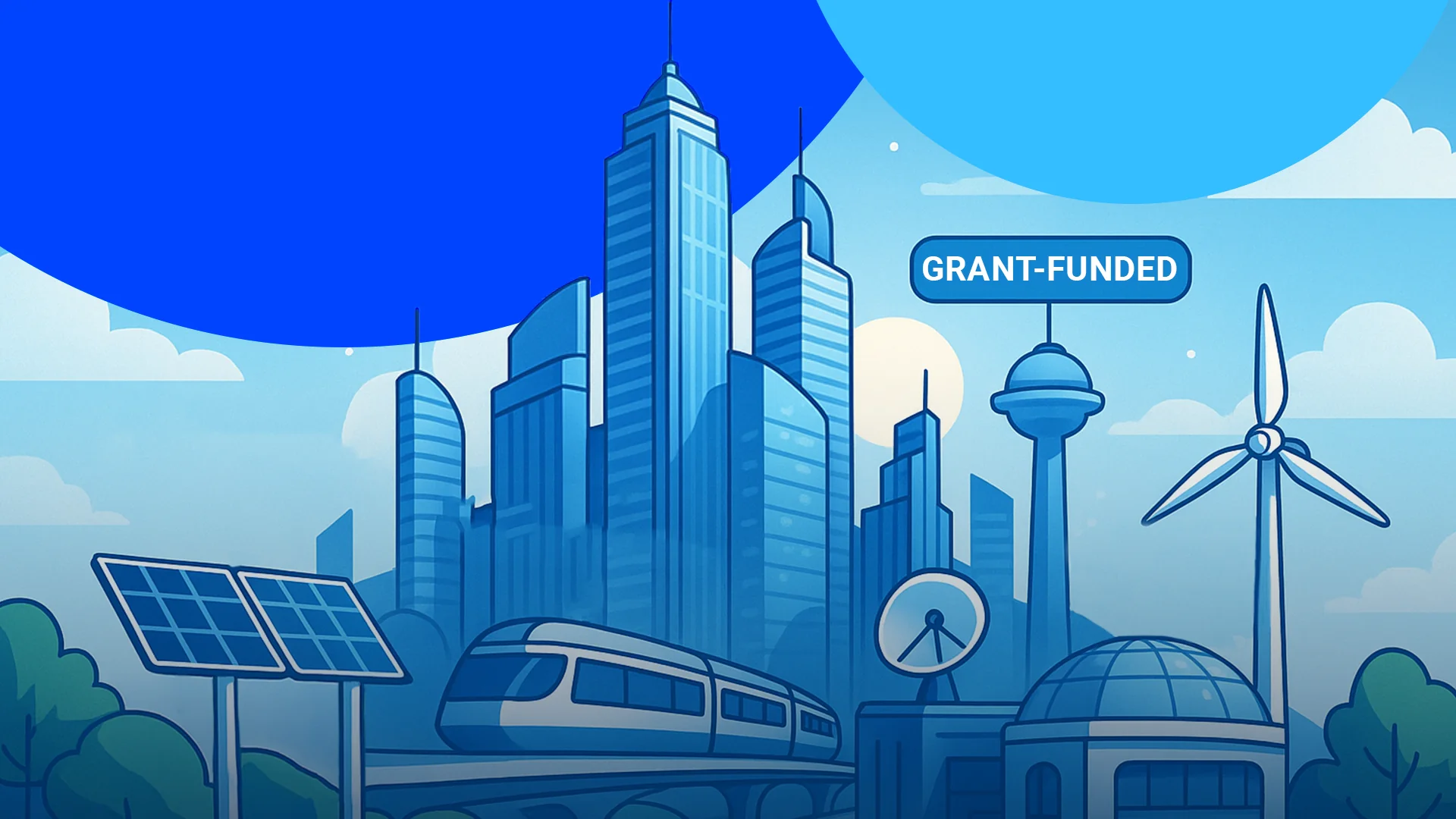Critics called the launch of Healthcare.gov in 2013 a disaster and saw it as an example of “how to fail a software project.” What didn’t make mainstream headlines were a slew of other major government software modernization project failures that occurred around the same time. Collectively, these failures helped drive a movement within government agencies to adopt modern adaptive approaches.
Technologically speaking, government has traditionally lagged behind industry. However, the ever-increasing rate of technological, social, and industrial change over the past 20 years has brought about unprecedented risks and complexities for the government. By the mid-2010s, case studies emerged that demonstrated real results from building and sustaining government services using agile approaches.
The most significant challenge has been consistently establishing what is, or isn’t, agile. As such, two waves of agile experimentation through organizational change, technology modernization, and framework adoption have highlighted three key lessons.
Lessons learned through agile experimentation
The first wave of agile government experimentation spawned a second wave at the end of the past decade, in which agencies adopted agile approaches for modernization while learning from failures and lessons of the first wave. These main lessons include the following:
- Lesson No. 1 – Agility truly shines when the entire organization is aligned to its facilitation. If an organization builds and deploys agile technologies and services only incrementally, its ability to support and adapt those services will be severely limited, if not altogether impossible. An organization will conflict with agile approaches if it resists change and follows a traditional mindset of development through a waterfall methodology using command-and-control leadership styles and projectized resource pools. Agencies looking for more agility in the second wave are including change management initiatives to help transform the organization using organizational theory based on worker self-management.
- Lesson No. 2 – Contract structures must support, align with, and enable agility. The first wave saw attempts to shoehorn agile contracts into traditional contracts that inherently contradicted them. A contract is difficult to change and likely to fail when it explicitly lists all requirements and work activities through a set-in-stone statement of work — a rapid pace of change inevitably overcomes the project and demands the adjustment of scope. Second-wave agile contracts avoid these pitfalls and instead create contract structures allowing collaboration, transparency, and co-active measurement of value.
- Lesson No. 3 – Frameworks aren’t the solution. Although adopting popular agile frameworks can give agencies an established playbook for adoption, they will inevitably lead to decreased overall organizational agility. This results from the burden of adopting generic practices and processes not optimized for the culture and business of the organization. The aim of the second wave is to take matters beyond the generic rules and procedures of popular frameworks and includes a governance framework for tailoring them to the organization and how it does business.
As agencies move further into the second wave and case studies propagate, agility will become a mainstay for agencies looking to modernize and optimize their services without the risk of becoming obsolete or suffering a major security incident. At the core of these initiatives are specific proven practices that both contractors and agency leaders will need to understand to the core.
DevSecOps
DevSecOps is about building well-adapted software that easily and frequently changes yet retains its resiliency against threats and change. It emerged out of development and operations teams working together to improve the agility of the software they were building and maintaining. DevSecOps allows for specific technical practices and methodologies that then enable large-scale organizations to build and deploy software resistant to zero-day security vulnerabilities; this changes at the rate of end-user needs and involves continuous improvement at the heart.
Lean-Agile
Governments, which often have tight budgets and clunky processes, can benefit from a Lean-Agile approach. Lean has been around longer than agile, deriving from the manufacturing world to eliminate waste, reduce costs, and create just-in-time inventory and lean manufacturing.
There was a natural synergy between agile and lean from the beginning. Lean-agile marries agile principles, such as being highly adaptable to change and putting people and interactions first, with lean principles, such as eliminating waste and establishing continuous experimentation and improvement. Agencies are realizing that a lean-agile approach is essential to enabling true adaptability of their services, improving contract efficiency, reducing risks and costs, and improving collaboration, experimentation, and self-management across the organization.
Process Automation
Automation, or process automation, has become a trendy and important buzzword. When organizations automate repeatable actions, it frees them to tackle things that require creativity and problem-solving.
Though it isn’t cheap, automation is an essential part of modern technology. It requires careful investment, analysis, and selective automation. Software projects are realizing automation is part of what they do, but the question is, “what are we going to automate?”
Automated software testing can be an easy adoption for governments. It’s faster than manual testing, covers a wider test of application features, is reliable, ensures consistency, improves accuracy, increases efficiency, and saves time and cost. Automating repetitive tasks, such as testing, deployment, and even design frees agencies to be more agile.
Agile is a cultural and organizational transformation
Government agencies are poised to invest heavily in an upcoming third wave of modernization and business process re-engineering initiatives requiring agile approaches. This wave will incorporate lessons learned from the second wave, making agencies more acutely aware of the cultural and organizational transformations needed to truly unlock the benefits of agility, evolve their services in real-time, and meet the changing needs of users.




